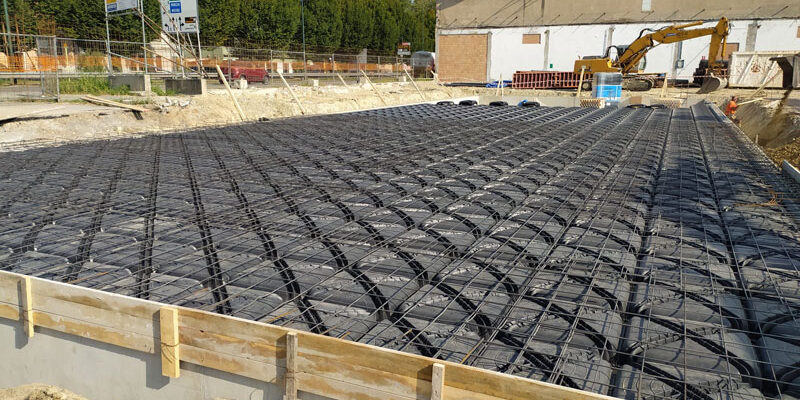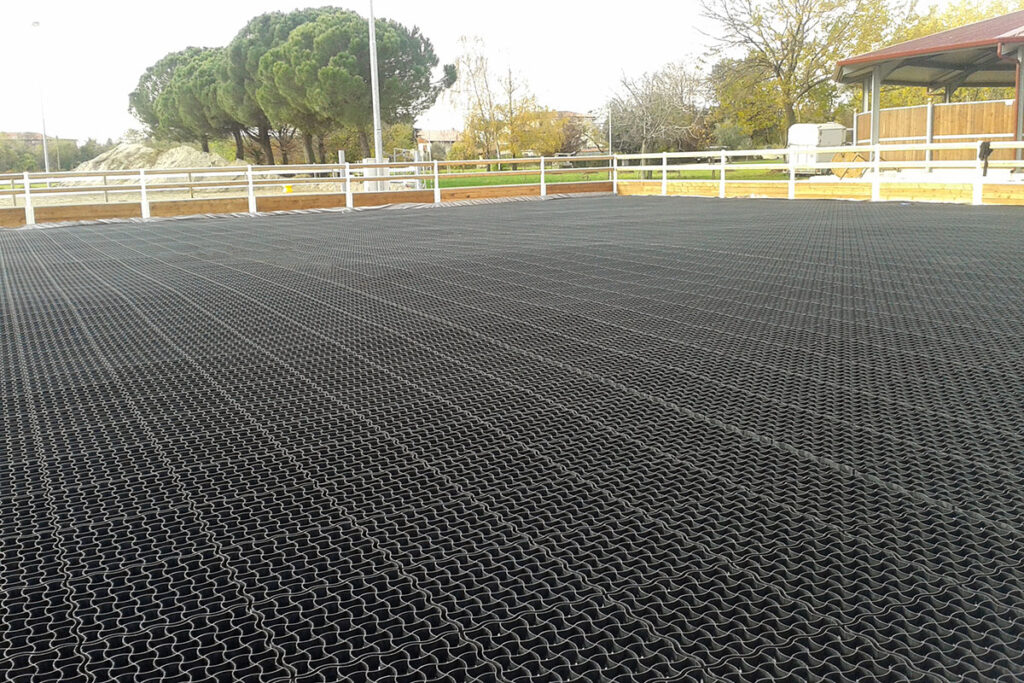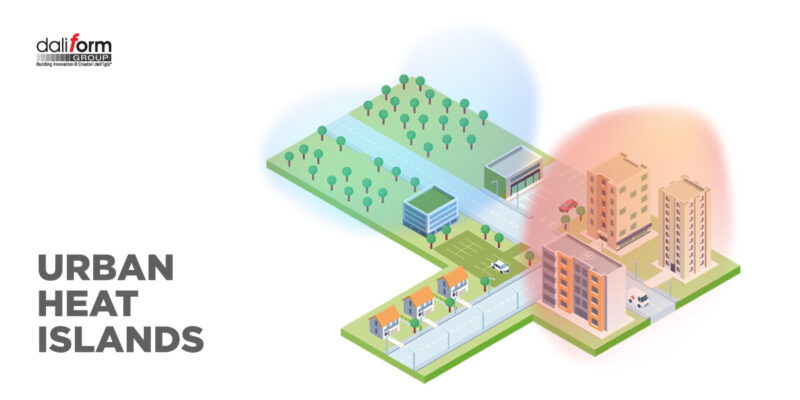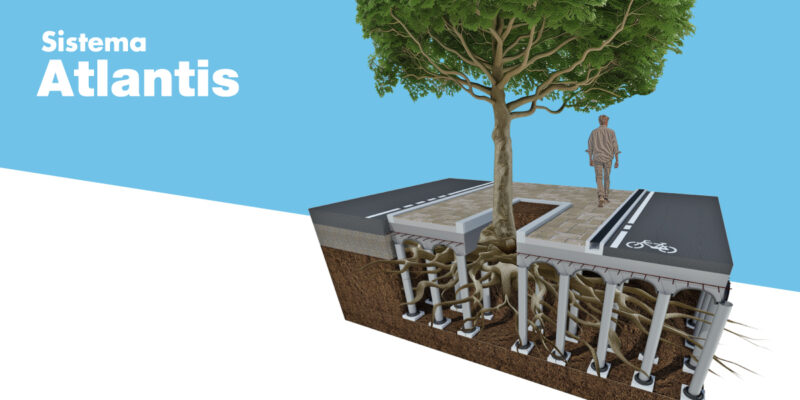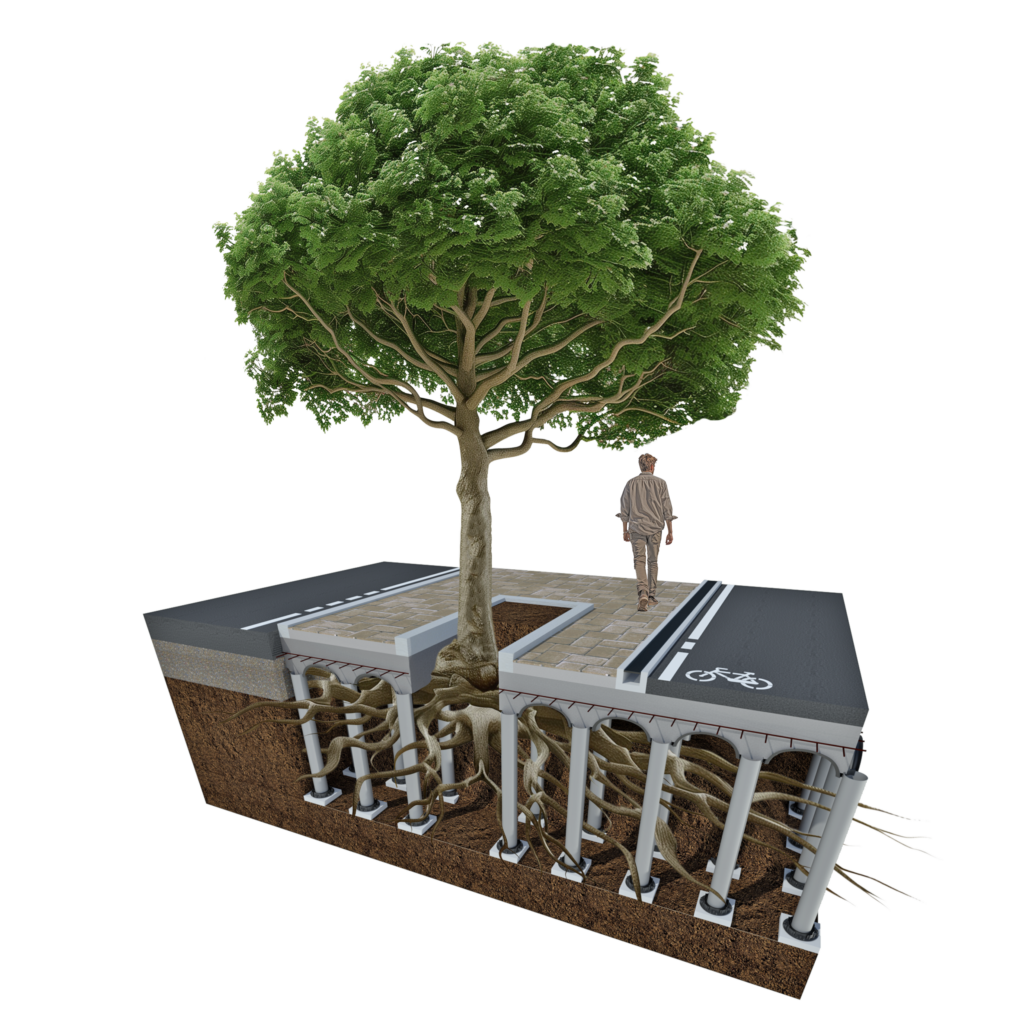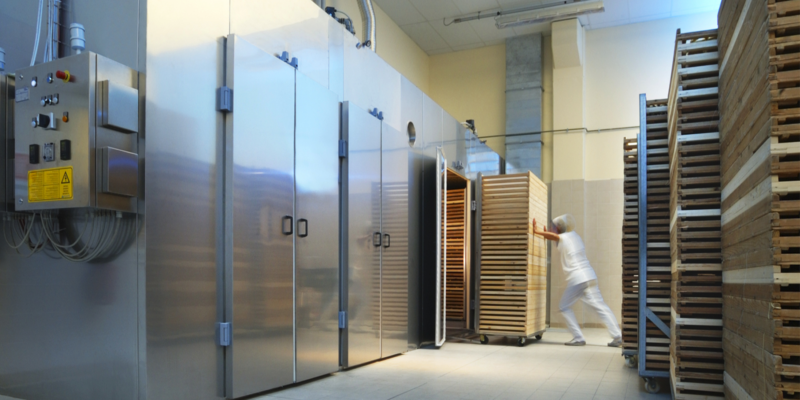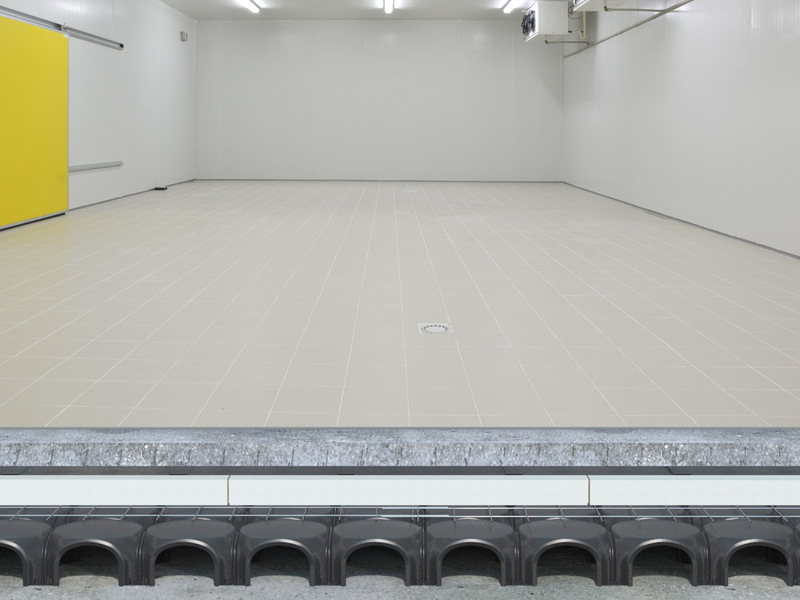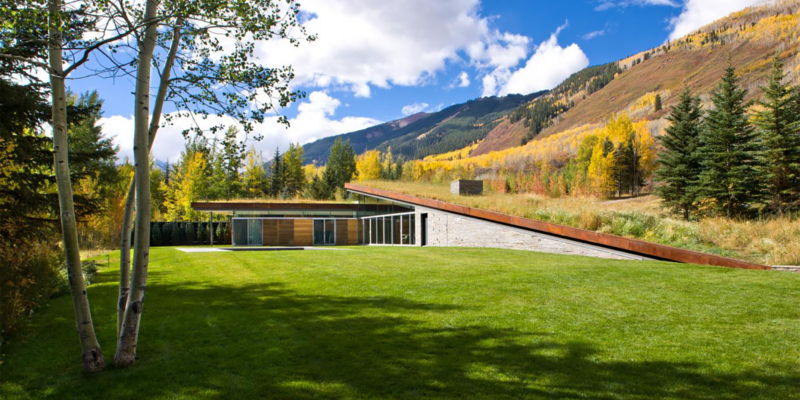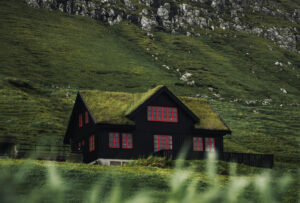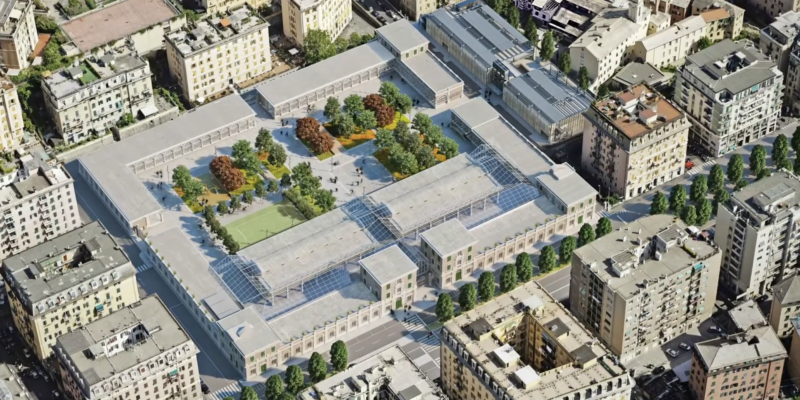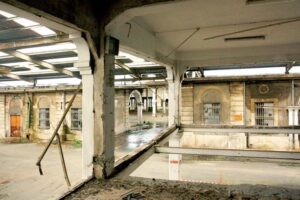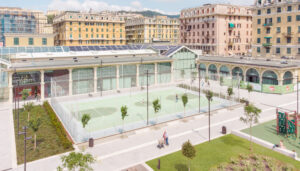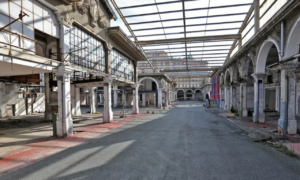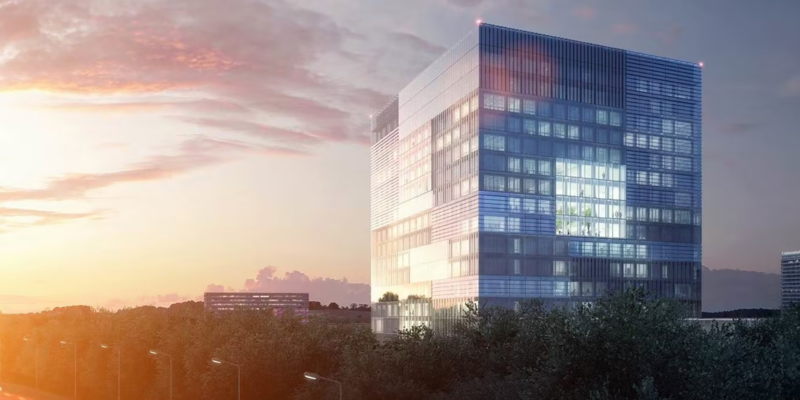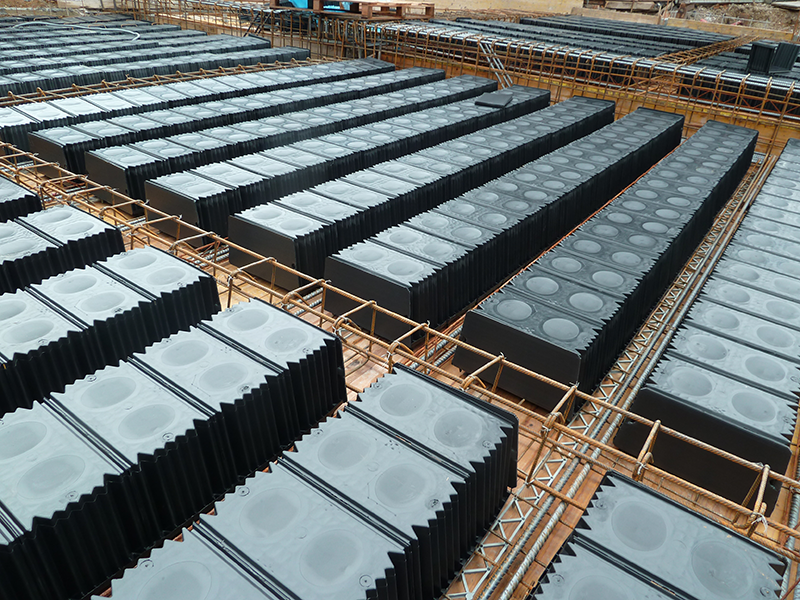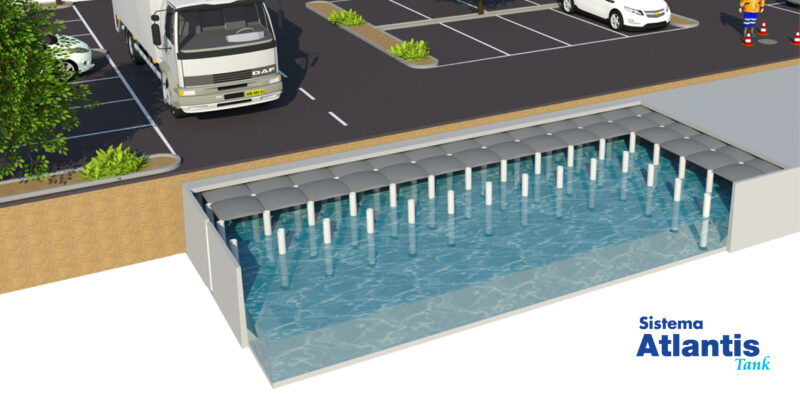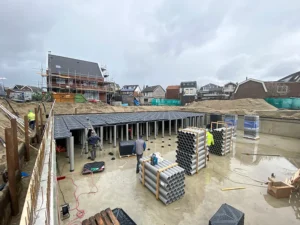Hydraulic Invariance: A Key Principle for Urban Resilience
In recent decades, the uncontrolled growth of urban areas and the progressive impermeabilization of soil have had significant impacts on stormwater management. One of the fundamental concepts to mitigate such negative effects is hydraulic invariance. But what does it really mean?
Hydraulic invariance refers to the ability of an urbanized area to maintain unchanged conditions of surface hydrological runoff—particularly the peak discharge released into receiving water bodies—compared to pre-urbanization levels. In other words, even after the construction of buildings, roads, and infrastructure, the land should continue to behave hydrologically as it did when it was permeable.
Why is it important?
Urban expansion drastically reduces surfaces capable of naturally absorbing rainwater, such as agricultural land or green spaces. When the soil is covered with impermeable materials (asphalt, concrete, compact paving), stormwater can no longer infiltrate and instead rapidly flows over the surface. This increases the risk of flooding and overloads urban drainage systems.
An area designed in accordance with the principles of hydraulic invariance can effectively manage these challenges, ensuring that new construction projects do not worsen the area’s hydrological balance. This translates into greater safety for people, reduced damage to infrastructure, and enhanced urban resilience.
Environmental Benefits and Water Savings
Beyond flood risk prevention, hydraulic invariance promotes a more sustainable management of water resources. Through technologies such as detention tanks, permeable pavements, green roofs, infiltration trenches, and rainwater harvesting and reuse systems, it is possible to reduce runoff peaks, limit erosion, and reuse water for non-potable purposes—thus contributing to water savings and waste reduction.
A Necessary Design Challenge
Achieving hydraulic invariance requires interdisciplinary expertise and an integrated approach involving urban planning, hydraulic engineering, and environmental management. Solutions must be tailored to local conditions, taking into account soil morphology, hydrogeological characteristics, and climate.
In an era when extreme weather events are increasingly frequent due to climate change, hydraulic invariance is no longer just a good practice—it is an essential condition for modern urban planning. The cities of the future must learn to coexist with water—rather than fight against it—by establishing a new balance between the built environment and nature.
Daliform Group’s Climate-Friendly Solutions
Daliform has developed the Atlantis Tank, a modular system for the creation of rainwater collection and detention basins.
What are the advantages of using this system?
- Reduces the risk of flooding
- Facilitates urban drainage
- Suitable for parking lots, public squares, and industrial areas
Discover all the benefits by visiting the product page.

